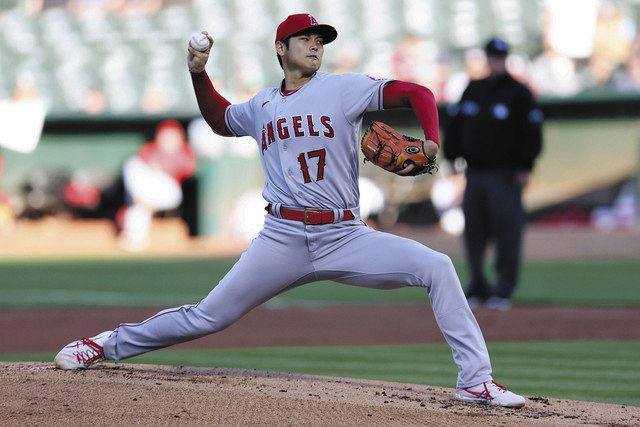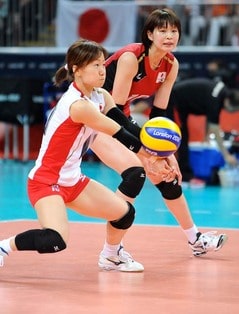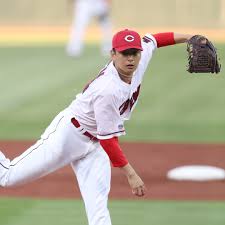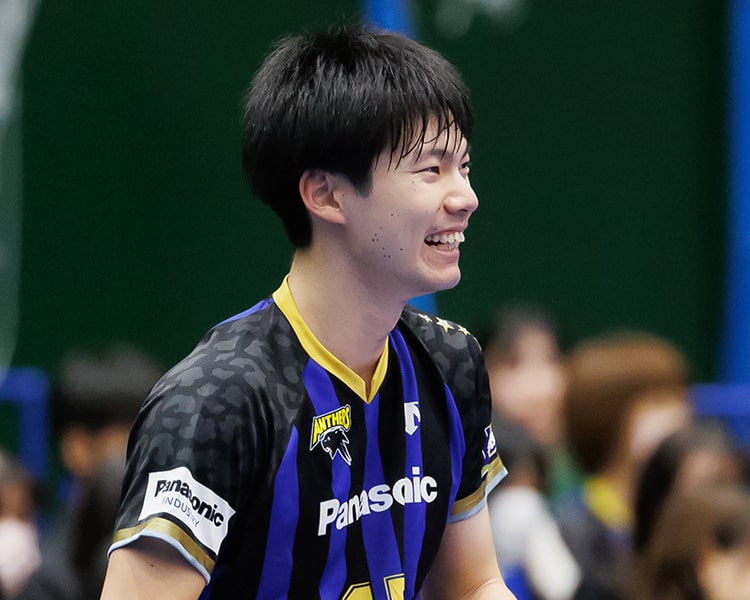
In Kendo, Ji-Geiko is an essential part of learning techniques and training mental strength.
This “Complete Guide to Kendo Ji-Geiko Rules and Etiquette” covers everything from the basic principles of Ji-Geiko to the rules for practice, proper manners and etiquette, preparation and precautions for safe practice, and even tips for improving your technique. We will provide a comprehensive explanation of all aspects of Kendo training.
Jigeiko is not only a place to hone your skills, but also a place to learn the spirit of etiquette and mutual respect in Kendo.
Through this article, gain a deep understanding of Kendo’s Ji-Geiko and aim for more fulfilling training.
目次
What is kendo training? Let’s understand from the basics
Jigeiko in Kendo is one of the essential training methods for not only improving technique but also for spiritual growth.
This section provides a detailed explanation of the purpose and importance of Jigeiko, and how it differs from other forms of training.
Purpose and importance of Jigeiko
Ji-geiko is a practice that aims to naturally acquire techniques by repeatedly practicing the basic techniques and movements of Kendo.
The emphasis is not only on kendo techniques, but also on developing mental concentration and patience.
Through Ji-Geiko, a swordsman can accurately grasp his own posture and movements, and not only learn techniques, but also deepen his sense of etiquette and respect in Kendo.
Jigeiko also forms the basis of training and plays an essential role in improving a swordsman’s technical level.
Differences between Jigeiko and other forms of practice
In addition to ji-geiko, kendo has various other forms of training such as basic uchi-keiko, kumite-keiko, and kata-keiko.
Among these, Jigeiko is a practice that places particular emphasis on learning and repeating basic movements. While other forms of training emphasize specific techniques and applications, Ji-Geiko is about solidifying your foundation as a swordsman by repeatedly practicing the basic elements of Kendo, such as basic postures, foot movements, and how to strike. The purpose is
In addition, since Jigeiko is often performed alone rather than in person, it is effective for self-reflection and improving concentration.
By combining Ji-Geiko with other forms of training, a swordsman can train not only his technique but also his mind, technique, and body in a well-balanced manner.
By experiencing various types of training based on Ji-Geiko, a swordsman will be able to deeply pursue the path of Kendo.

Basic rules for kendo training
Jigeiko, one of the training methods of Kendo, has its own unique rules and format.
Here, we will explain in detail the basic rules of offense and defense in Jigeiko and the differences between them and the match format.
Rules for offense and defense in Jigeiko
Ji-geiko places emphasis on repeatedly practicing basic techniques within a series of steps. Regarding offense and defense, it has the following characteristics.
- Performing in order : In Jigeiko, the attacker and the defender are clearly separated, and it is common to use a turn system in which one performs a technique and then the other performs the same technique. This ensures the opportunity to understand and implement the correct behavior for each technique.
- Repetition of basic techniques : Attackers repeat basic strikes and thrusts, while defenders learn how to receive and respond appropriately. The purpose of Jigeiko is to acquire these techniques as natural movements.
- Instructor Intervention : During Jigeiko, the instructor provides guidance and corrections regarding accuracy, form, and quality of movement. This allows swordsmen to objectively evaluate and improve their own techniques.
Comparison with match format
Jigeiko and match formats differ in several important ways.
- Differences in purpose : The main purpose of Jigeiko is to learn basic techniques and train mental strength. On the other hand, the match format emphasizes the application of techniques in situations similar to actual combat and tactical maneuvers with the opponent.
- Differences in rules : In Jigeiko, attacks and defenses take place alternately, and techniques are practiced within a certain flow, but in matches, attacks and defenses are performed freely, and decisions are made by the referee.
- Differences in format : Jigeiko is primarily performed as part of practice, while match format is performed during formal competitions and matches. The match determines the winner and the loser, while the Jigeiko is the main focus on improving technique.
By experiencing both Jigeiko and competition formats, swordsmen can deepen their understanding of not only technique but also tactics and strategy.
In addition, it will be possible to effectively utilize the techniques and mindset acquired through jiguiko, which is faithful to the basics, in matches.

Manners and etiquette in Ji-keiko
In Kendo, not only the acquisition of techniques, but also the manners and etiquette within the dojo are very important.
These attitudes are essential for growth as a swordsman, even in Ji-Geiko.
Below, we will introduce etiquette for proper behavior in the dojo and relationships with seniors and juniors.
How to behave in the dojo
- Be polite : Before starting and at the end of training, show proper courtesy to the dojo and to your opponents. This is an important act that represents the spirit of Kendo.
- Keep clean : Keep your own equipment and clothing clean within the dojo, and actively participate in cleaning the dojo. This is an action that shows respect for the shared space and embodies the spirit of Kendo.
- Be quiet : Avoid unnecessary talk during rehearsals to avoid distractions. When listening to explanations from instructors and seniors, listen carefully.
Relationship with seniors and juniors
- With respect and respect : In Kendo, we value respect and respect for our seniors. Accept guidance and advice from seniors and respond politely.
- Be cooperative : You must be aware of your role as a senior and be willing to provide guidance and support to your juniors. Kendo is a martial art where people grow not only by improving their individual skills, but also by helping each other improve.
- Value communication : Provide advice and feedback in a respectful and constructive manner. Building good relationships through communication is important for growing together.
The practice of manners and etiquette during Ji-Geiko reflects the important spirituality that must be acquired through Kendo.
Appropriate behavior within the dojo and building healthy relationships with your seniors and juniors are essential elements on your path as a swordsman.
By observing these principles, we will foster a kendo environment where everyone respects each other and grows together.

Preparation and precautions for safe jiguiko
Kendo training is essential for improving technique, but it is extremely important to pay attention to safety.
We will explain preparations and precautions for creating a safe practice environment, from how to choose the correct equipment to measures to prevent injuries during training.
How to choose the right equipment
- Properly sized armor : Choose armor that fits your body perfectly. In particular, it is important that the mask, torso, and kote fit tightly to the body when worn and provide sufficient protection.
- Choose a quality shinai : The shinai is a central tool in Kendo practice. Choose a well-balanced, high-quality Shinai that is hard to break, and maintain it regularly.
- Use tabi socks or knee protection : Wear appropriate tabi socks to cushion the impact from the ground and maintain stability on your feet. Also, consider using supports or pads to protect your knees.
Measures to prevent injuries during training
- Thorough warm-up : Before starting Ji-Geiko, warm-up to warm up your muscles. Increase your muscle flexibility and reduce your risk of injury.
- Maintain correct posture and movements : Always maintain correct posture and movements when performing techniques. Excessive force or unnatural movements may cause injury.
- Check your physical condition : Before practicing, it is important to check your physical condition, and if you are feeling fatigued or not feeling well, it is important to take appropriate rest without overexerting yourself.
- Maintain a safe practice environment : Ensure the practice area floor is slip-free and check the surrounding area for anything that could cause injury. Also, while practicing, please maintain sufficient distance from those around you and pay attention to each other.
In order to perform Kendo training safely, it is necessary to select the correct equipment and take appropriate preparation and precautions to prevent injury.
By practicing these measures, you can create a practice environment where you can focus on improving your technique with peace of mind.

Tips for making the most of Jigeiko
Kendo Ji-Geiko not only contributes to technical improvement, but also to spiritual growth.
To that end, it is important to understand the tips for using Jigeiko effectively.
Below, we will introduce how to practice with a sense of purpose and key points for improving your technique.
How to practice with a sense of purpose
- Set clear goals : Before you start practicing, set clear goals for the day. It’s important to have specific goals, such as technical challenges, movements you want to improve, or mental aspects you want to develop.
- Stay focused : During jikeiko, focus on the goal you have set and try not to get distracted by anything else. Focus on each movement and deepen your own understanding of Kendo.
- Reflection and review : At the end of practice, reflect on the day’s activities and ask yourself how well you achieved your goals and what areas you need to improve. If necessary, it is also helpful to seek feedback from instructors and senior colleagues.
Key points for improving technique through Jigeiko
- Stay true to the basics : In order to improve your Kendo skills, practice that stays true to the basics is essential. Practice correct posture, accurate foot movement, and basic hitting techniques repeatedly to instill them in your body.
- Make small improvements : Technological improvements don’t happen overnight. It is important to make small improvements during daily practice and to hone your technique over time.
- Use your whole body : Kendo techniques involve not only your hands and arms, but also your legs, hips, and entire body. Through Ji-Geiko, you will understand how each part of the body works together and learn how to move efficiently.
In order to make the most of Jigeiko, it is important to proceed with the practice with a sense of purpose and to make small improvements on a daily basis.
Ji-geiko is a valuable opportunity to solidify the basics of learning Kendo, and by being aware of these tips, you can promote not only technical growth but also mental growth in Kendo.

Frequently asked questions (FAQ)
We have compiled answers to common questions that many swordsmen, from beginners to experts, have regarding kendo training.
Please use this as reference information to gain a deeper understanding of Jigeiko and engage in it meaningfully.
Q1: What is the ideal frequency for jigeiko?
A1 : The frequency of Jigeiko will vary depending on your personal goals, physical condition, and lifestyle. Ideally, by incorporating jiguiko two to three times a week, it will be easier to notice improvements in your technique. However, the most important thing is to continue at your own pace and not push yourself too hard.
Q2: What kind of techniques should I practice during Jigeiko?
A2 : During Ji-Geiko, we mainly practice the basics of Kendo: “men”, “kote”, “do”, and “tsuki”. By repeating these basic techniques, you can learn the correct form and how to apply force. It is also effective to follow the advice of your instructor and practice techniques tailored to your individual challenges.
Q3: What should I do if I feel tired or unwell during Jigeiko?
A3 : If you feel tired or unwell during Ji-Geiko, it is important to stop the practice immediately and take appropriate rest. Put your health first and try not to push yourself too hard. We also recommend that you keep yourself well hydrated and see a doctor if your condition does not improve.
Q4: I sometimes feel that my technique does not improve through Ji-geiko. What should I do?
A4 : It takes time to improve technology. Even if you temporarily don’t see progress, it’s important to continue practicing steadily and without panic. In addition to practicing on your own, by receiving regular guidance from an instructor, you may discover new things and areas for improvement.
These FAQs answer common questions about working with Jigeiko.
Through Ji-Geiko, aim not only to improve your Kendo techniques, but also to develop your Kendo spirit.

summary
Kendo Ji-Geiko is an essential exercise for solidifying the foundation of technique and cultivating mental strength.
This guide has provided a wide range of information about Kendo Jigeiko, from the basics of Jigeiko to preparing for safe practice, tips for getting the most out of Jigeiko, and frequently asked questions.
In Jigeiko, it is important to understand the basic rules of offense and defense, how to choose the correct equipment, and take measures to prevent injury.
In addition, as you practice, you are required to have a sense of purpose and hone your skills faithfully to the basics.
Manners and etiquette during practice and how to build appropriate relationships with seniors and juniors are also essential elements in learning Kendo.
What you can gain through kendo training is not just technical improvement.
Through repeated training, you will improve your spirituality and your humanity as a swordsman.
The true value of Jigeiko is that the techniques acquired through repeated practice become naturally ingrained in the body, and the results can be seen in daily life, other practices, and matches.
We hope that this guide will help all those who love Kendo to engage in more fulfilling Ji-Training.
Let’s deeply understand Ji-Geiko and utilize it in our daily practice to master the art of Kendo.





